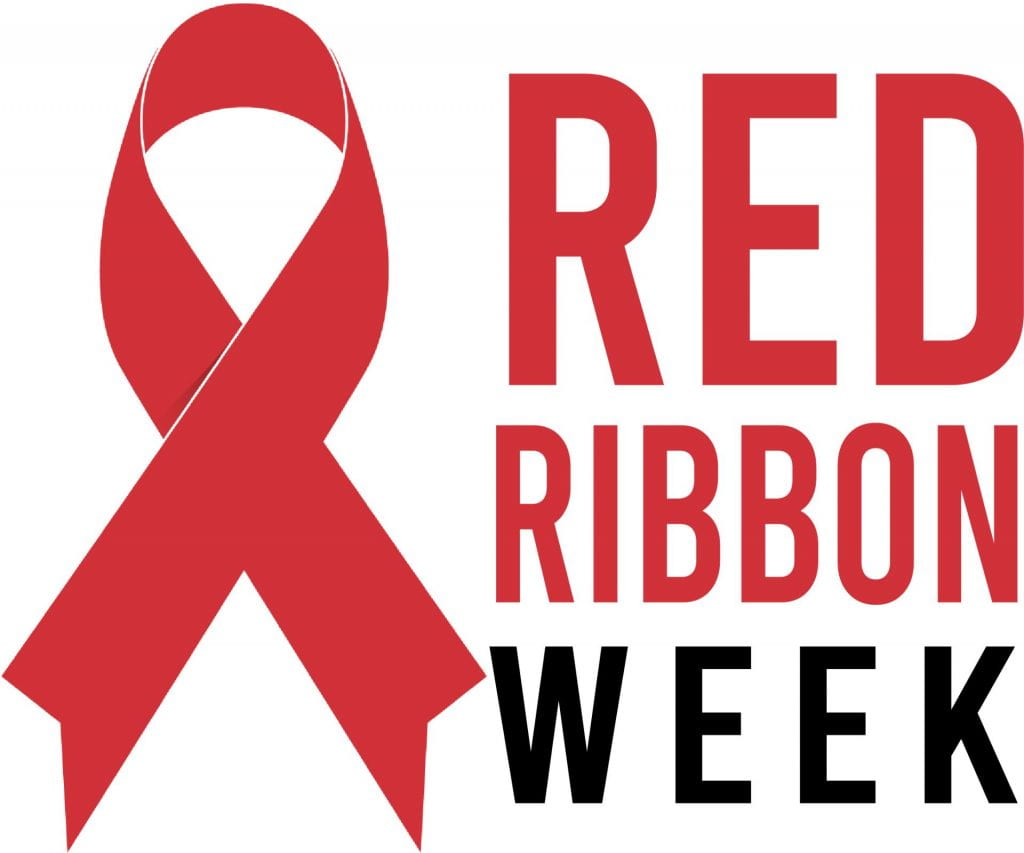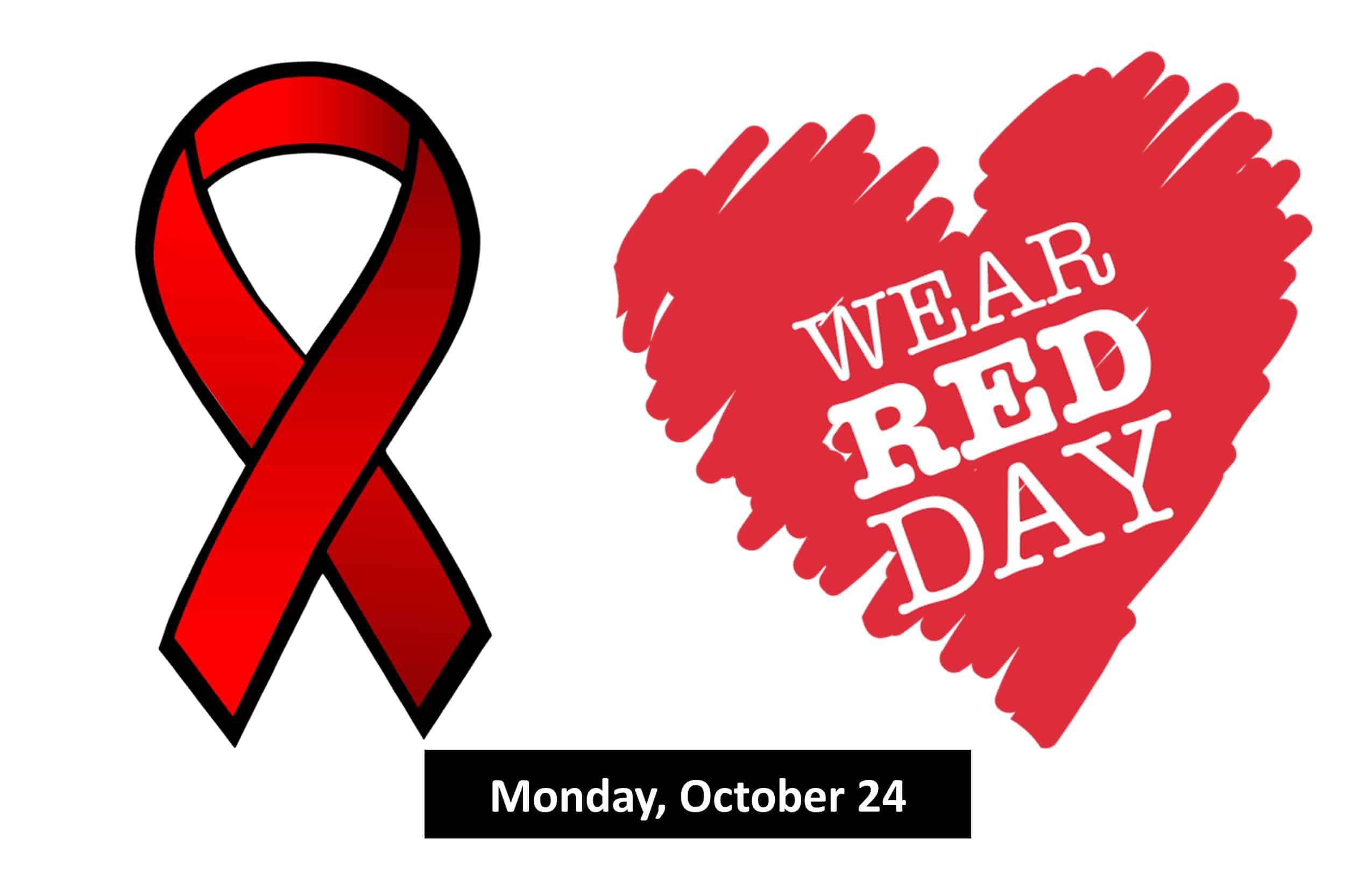What Is Red Ribbon Week 2024
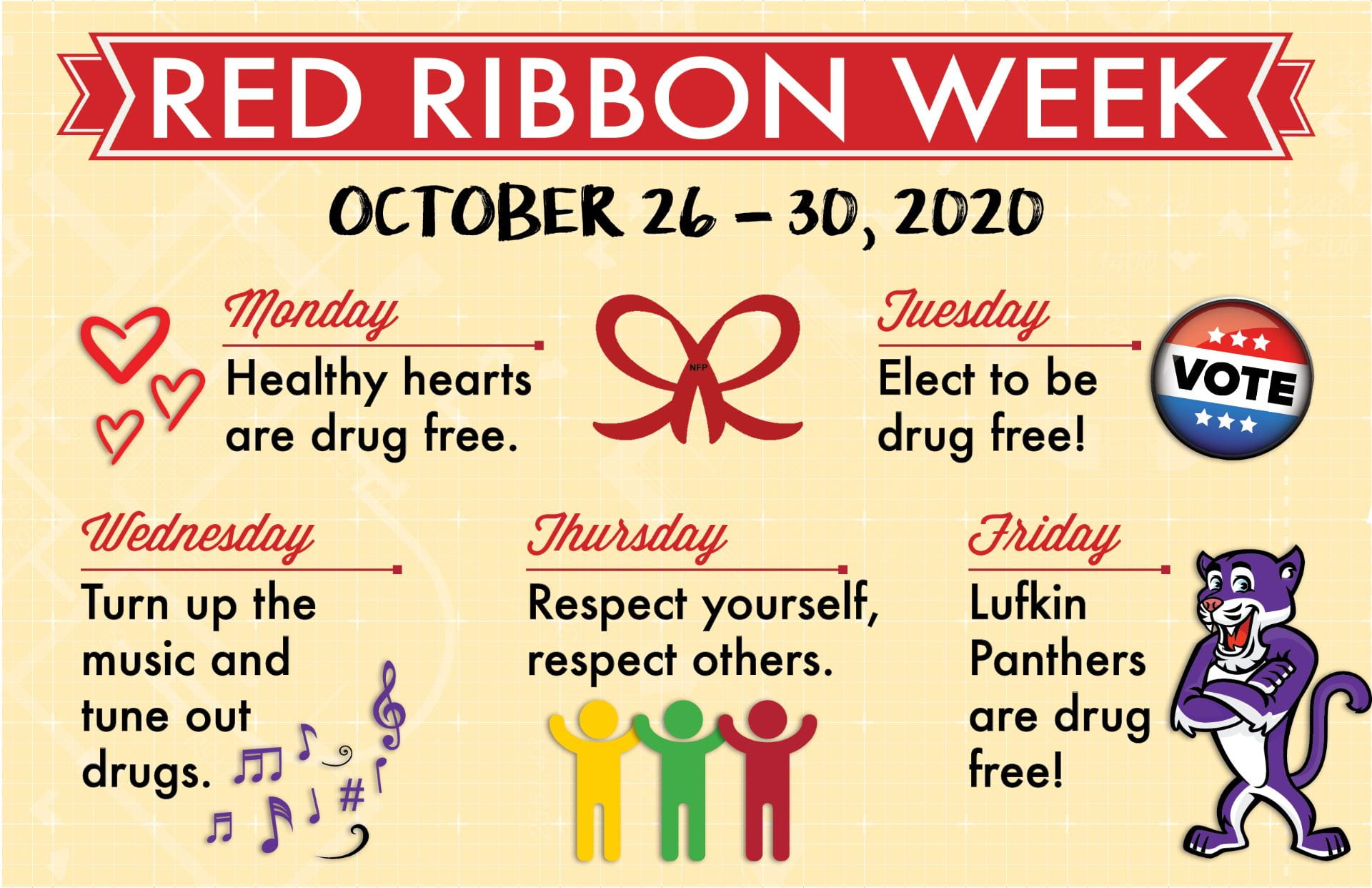
Red Ribbon Week 2024 is fast approaching, demanding immediate attention and action to prevent substance abuse among youth. Scheduled for October 23-31, this year's campaign theme, "Life is the ultimate high, live drug free!" underscores a critical message for students nationwide.
The Red Ribbon Campaign, a nationwide initiative, seeks to educate young people about the dangers of drug and alcohol use. It encourages them to make healthy choices and commit to a drug-free lifestyle. This article provides crucial information for parents, educators, and communities preparing for the week-long observance.
Origins and Purpose
The campaign originated in 1985 following the tragic death of Enrique "Kiki" Camarena, a Drug Enforcement Administration (DEA) agent. Camarena was murdered by drug traffickers in Mexico.
In response to his death, citizens began wearing red ribbons as a symbol of their commitment to a drug-free America. The National Family Partnership (NFP) formalized the campaign, solidifying its role in drug prevention efforts.
Red Ribbon Week 2024: Key Dates and Theme
Red Ribbon Week 2024 will be observed from October 23 to October 31. This year’s theme, "Life is the ultimate high, live drug free!", aims to empower young people to find joy and fulfillment in activities other than substance use.
The NFP provides resources and materials related to the theme. These resources enable schools and communities to create engaging and impactful activities.
Activities and Initiatives
Schools and communities across the nation organize a variety of activities during Red Ribbon Week. These activities are tailored to engage students and promote anti-drug messages effectively.
Common activities include themed dress-up days, poster contests, and educational presentations. Interactive workshops and community rallies are also frequently held.
Many schools incorporate pledges where students commit to remaining drug-free. These pledges provide a visible and collective demonstration of their commitment.
Resources and Support
The National Family Partnership (NFP) is the leading organization behind Red Ribbon Week. They offer a wealth of resources on their website, NFP.org.
These resources include planning guides, promotional materials, and educational content. Schools and community groups can leverage these materials to maximize the impact of their local campaigns.
The DEA and other federal agencies also provide support for Red Ribbon Week. This support comes in the form of funding, educational materials, and expert speakers.
Community Involvement
Red Ribbon Week's success hinges on strong community involvement. Parents, educators, law enforcement, and local businesses must collaborate to amplify the message.
Parents can engage by discussing the dangers of drug use with their children. They can also participate in school events and support local prevention programs.
Local businesses can sponsor activities and display red ribbons to show their support. Community leaders can also host public forums and events to raise awareness.
Impact and Effectiveness
Red Ribbon Week has played a significant role in raising awareness about drug prevention. Studies show increased awareness among youth who participate in Red Ribbon Week activities.
According to the National Institute on Drug Abuse (NIDA), early intervention and prevention programs are crucial. They can significantly reduce the likelihood of substance use later in life.
While Red Ribbon Week is a vital tool, sustained efforts are necessary for long-term impact. Continuous education and support are key to fostering a drug-free environment.
Looking Ahead
With Red Ribbon Week 2024 just around the corner, immediate planning is crucial. Schools and communities should finalize their schedules and begin promoting their events.
Parents should initiate conversations with their children about the dangers of drug use. Emphasize the importance of making healthy choices.
Continued engagement and year-round prevention efforts are essential to combatting substance abuse effectively. The fight for a drug-free future requires ongoing dedication and collaboration.
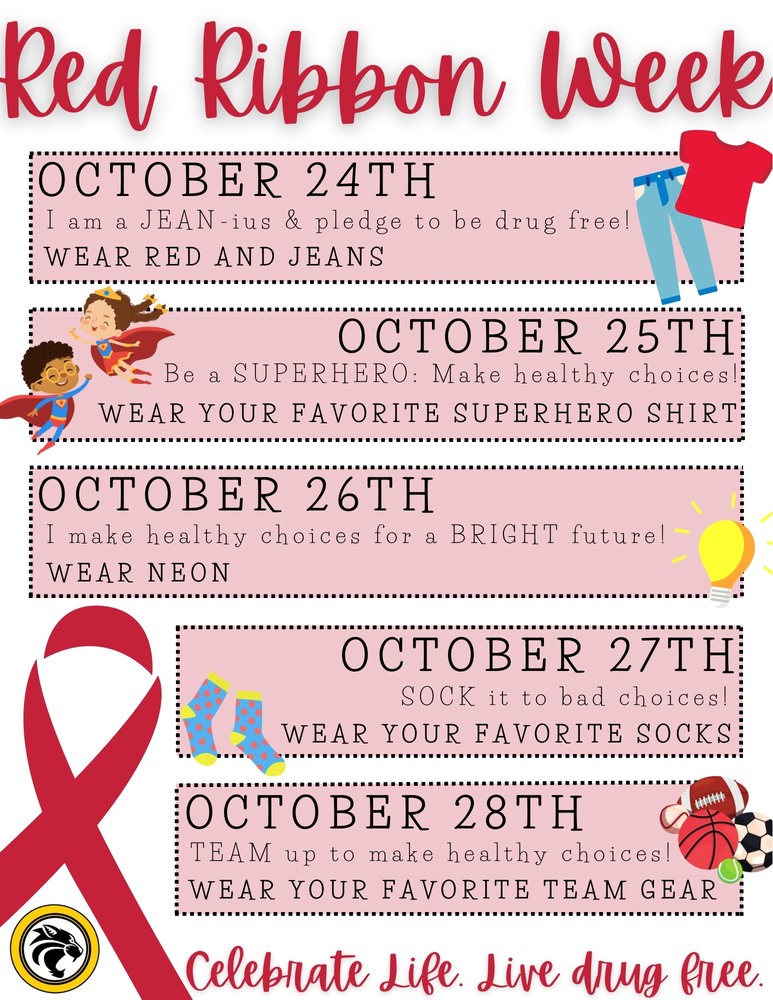
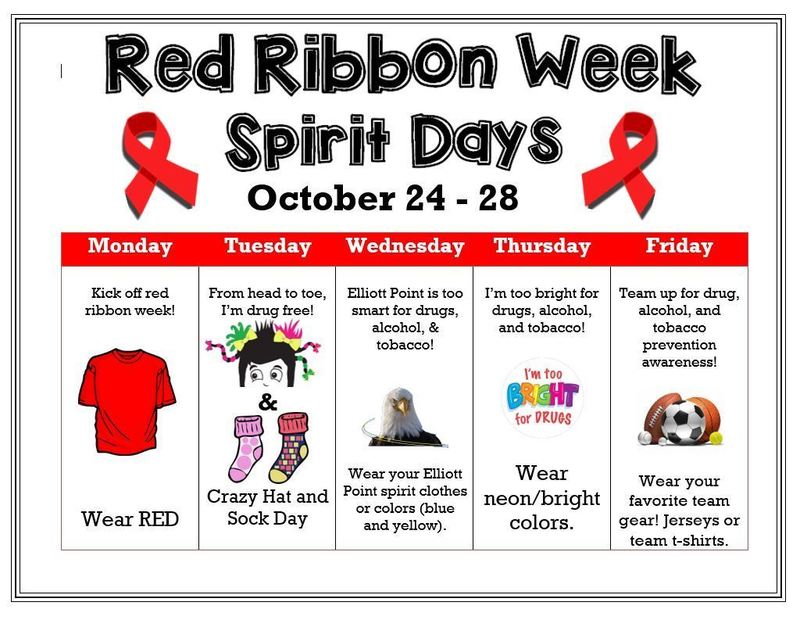



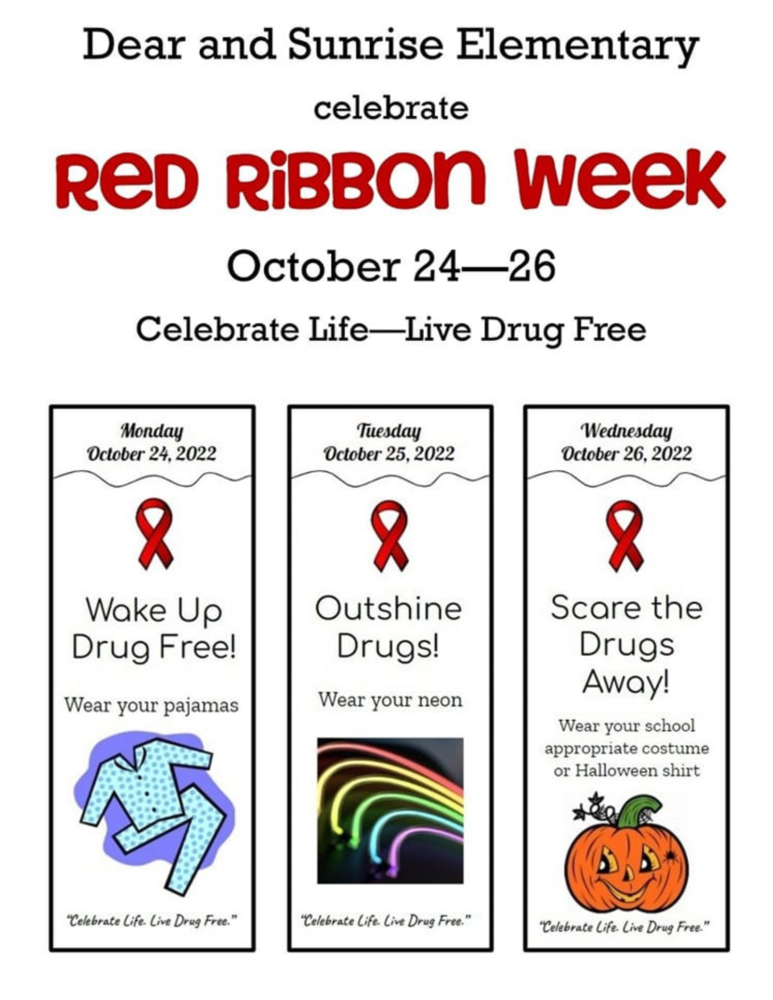


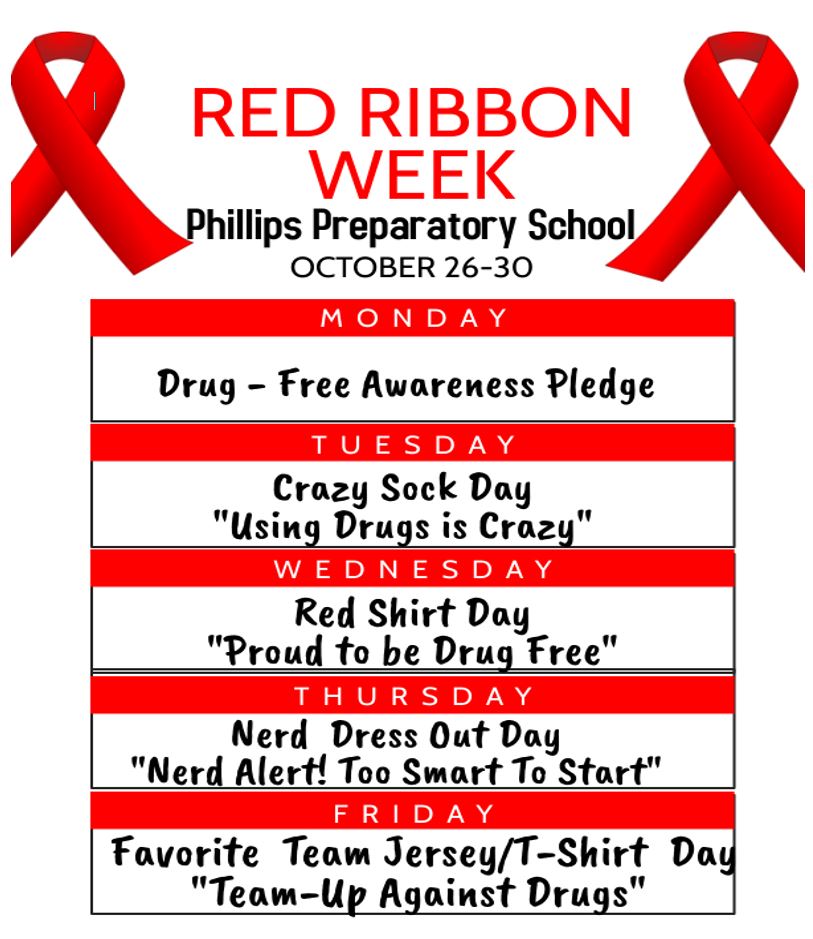

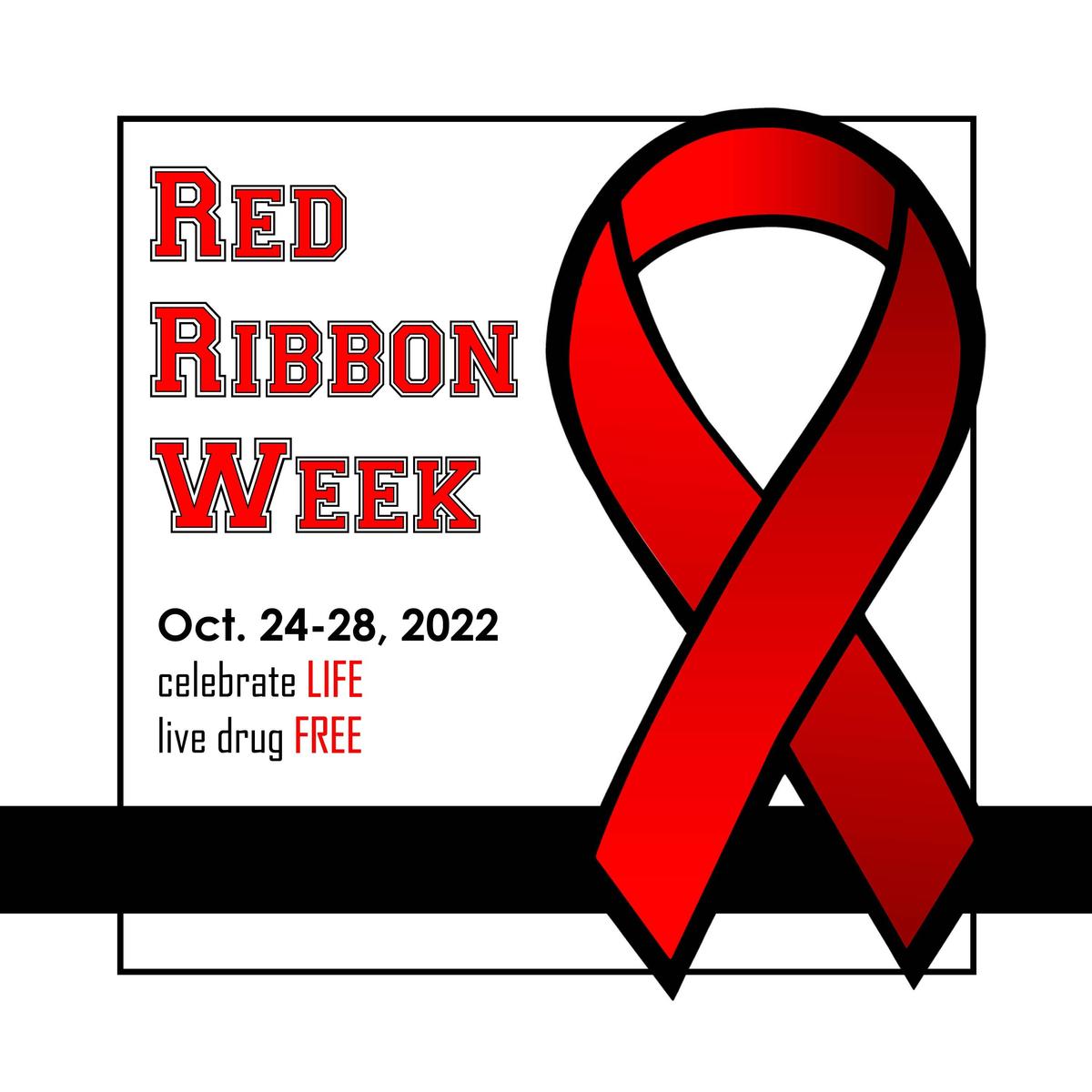
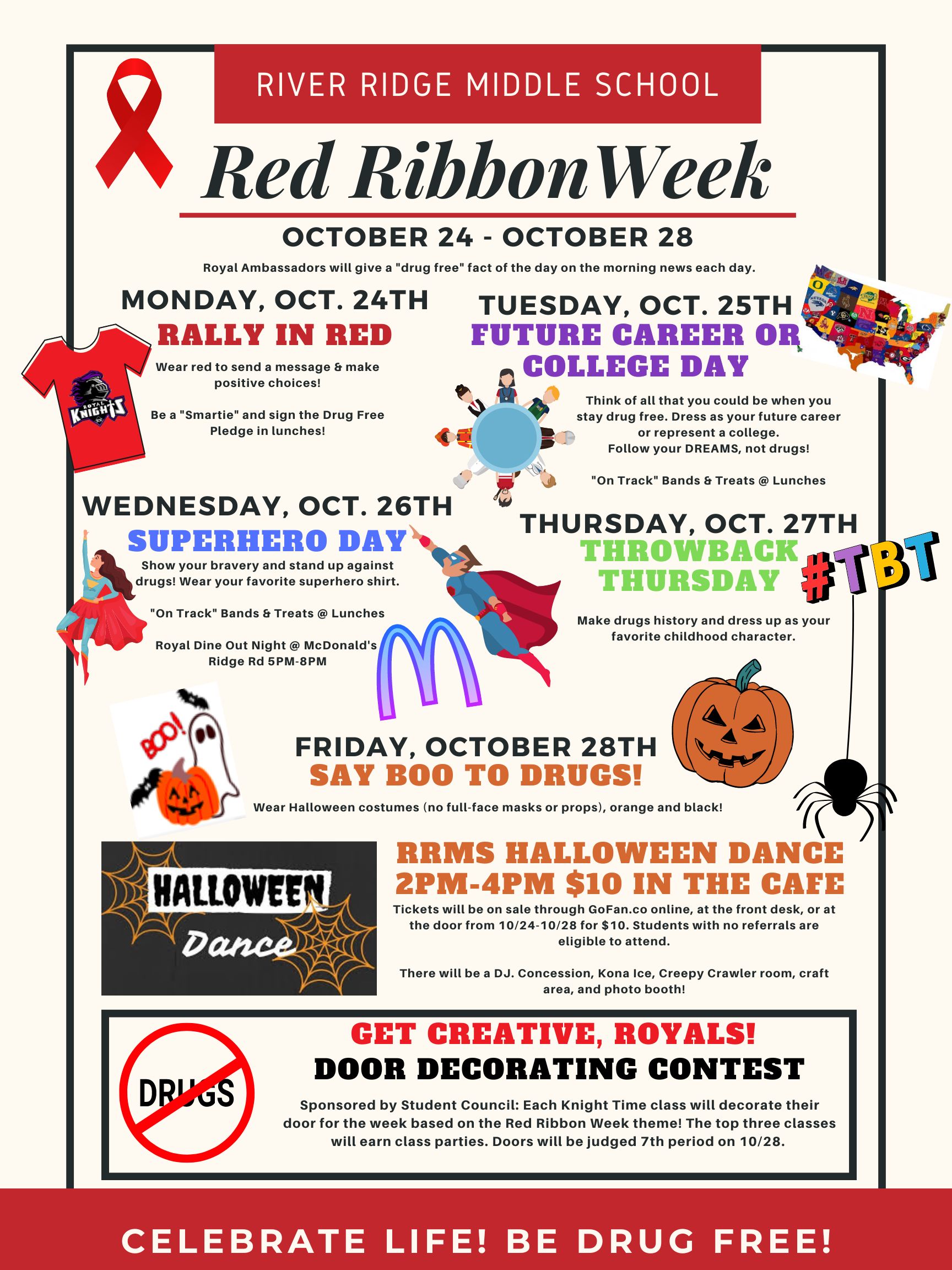
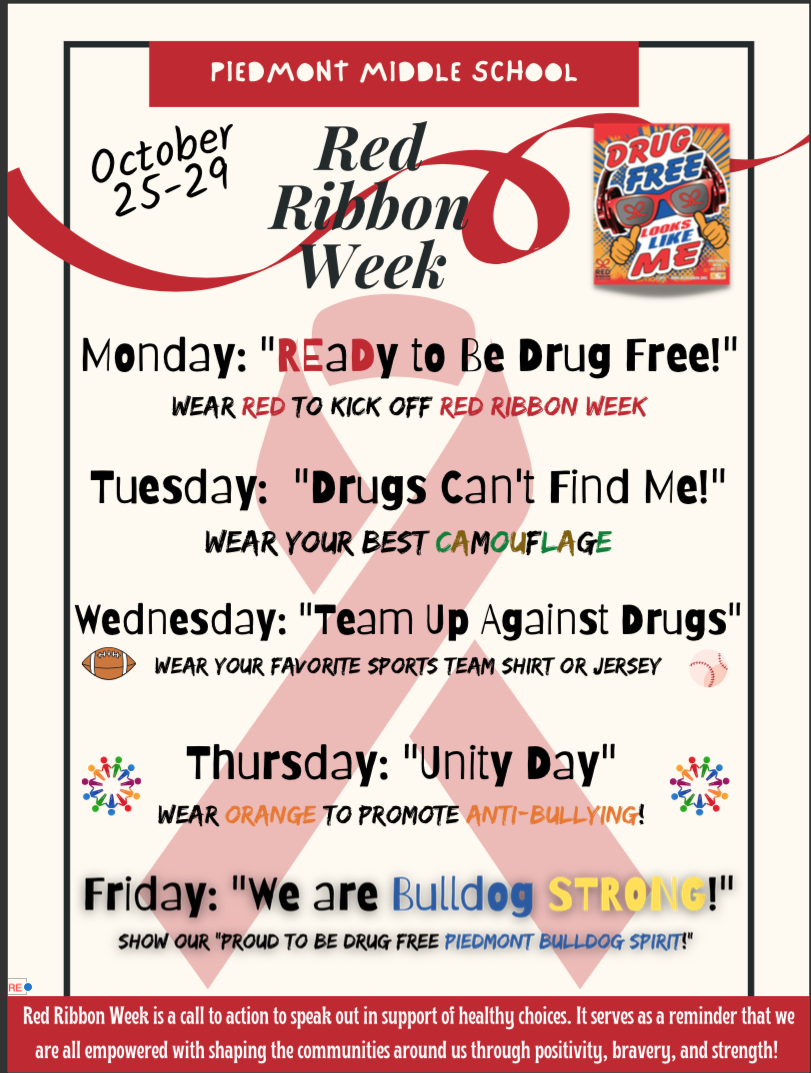
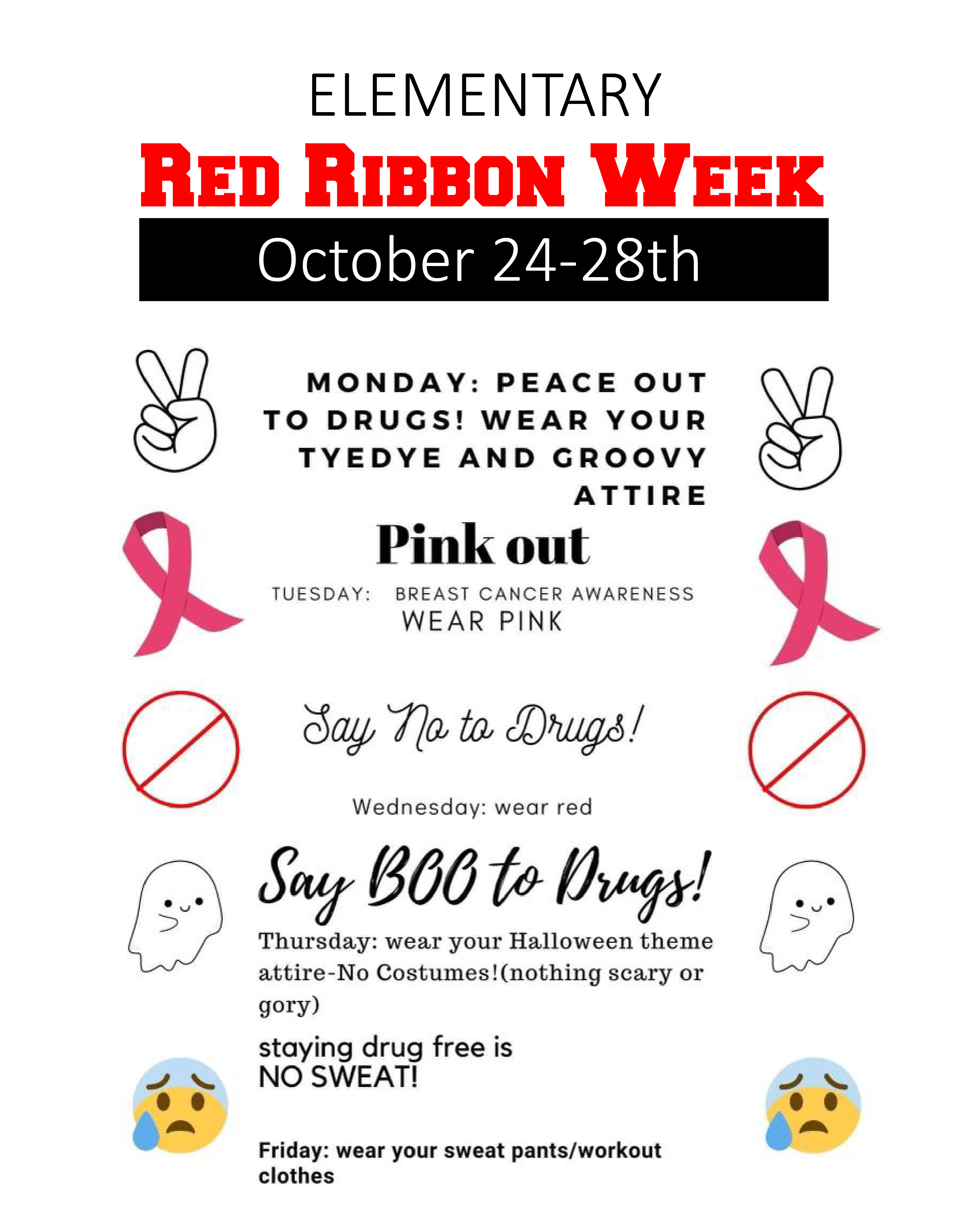
.jpg)
